- 7766 NW 46th St, Doral, FL 33166
- info@aedevelomentplus.com
- Need any help? (+1) 305-783-7710
Identifying Structural Concrete Problems
There are many ways concrete can fail. With over 18 continuous years of experience as both Roofing and General Contractors, A&EDP is constantly involved in concrete repairs, large & small. We stay current-to-the-day on the latest building codes and building department requirements, thus ensuring that your concrete repairs will always be done seamlessly – while meeting and/or exceeding the most rigorous, current State, Regional and/or County code specifications.
A main reason for concrete failures in Florida is salt ions (in the air), which over time can cause the concrete to expand and even break off. Salt chlorides penetrate concrete structures in buildings near bodies of salt or brackish water and corrode the reinforcing structural rebar within the concrete. When rebar inside of concrete rusts, concrete expands, degrading the structure’s load-bearing strength, which can – in extreme circumstances – lead to catastrophic failures.
The following are some things you can identify on the interior or exterior of your building in order to be aware of potential problems with your main building(s)’ & ancillary concrete structures related to these building(s), such as but not limited to perimeter walls, trash bin enclosures etc.
Cracks: Any sign of cracks is not good. Although many small cracks might not look like anything to worry about, they can be warning signs of serious internal problems, causing the surface to crack. When performing a concrete repair in Florida we thoroughly examine the cracked area, performing tests utilizing the various high-tech and low-tech tools and techniques at our disposal to identify and then remove and repair (restore) problematic areas in the concrete. Oftentimes we must remove areas of stucco covering the concrete, to identify underlying causes of problems
Concrete Spalling: Concrete spalling is one of the first signs that your concrete structure has been compromised and needs to be repaired. Definition of concrete spalling: A spall is a small piece of concrete that has detached from a larger structure. Multiple factors contribute to spalling, such as corrosion, weathering, cavitation, or excessive rolling pressure. When we examine concrete spalling, we may need to break off more pieces of the concrete to permit investigation of underlying, internal issues. You may only see a small concrete spall – but there may be – and oftentimes is – additional corrosion and damage not visible to the naked eye. This is why Florida building departments take spalling very seriously.
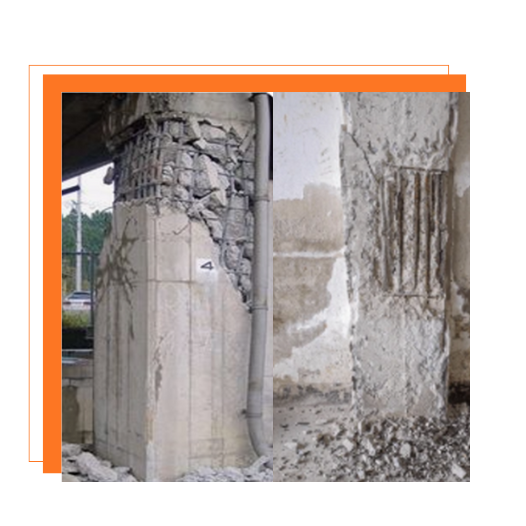
DAMAGED CONCRETE COLUMNS
Concrete columns are a vital part of any building’s infrastructure. If your concrete columns have spalling or cracks in them then there is a likelihood that underlying issues exist which must be addressed. We provide concrete column repair services in all of Florida.
DAMAGED CONCRETE FOUNDATIONS
We are also experts in the repair and restoration of Concrete Foundation Piers (another word for columns)! Your building’s foundation is essential to the overall structural integrity of your building. It keeps your building “square” with walls standing straight at right angles to crossmembers, so the importance of having foundation piers inspected and repaired – at the first sign of damage – cannot be overstated! We repair all types of concrete foundations.
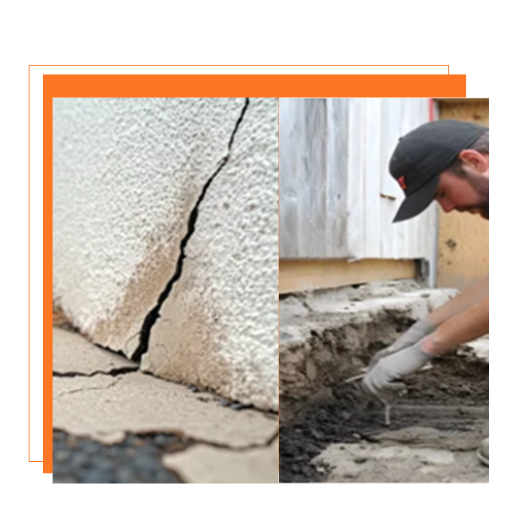
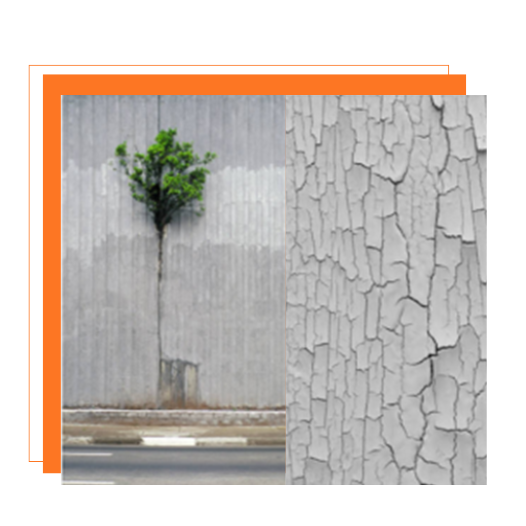
DAMAGED CONCRETE WALLS
Concrete walls are also subject to deterioration and damage, and ultimately fail through spalling. Again, small cracks do not necessarily mean that there is no additional damage beyond the facade. Oftentimes small cracks will increase in size and number over time, eventually leading to the failure of a compromised wall. To remediate cracks in concrete walls, a thorough inspection of the affected area of the wall is conducted by removing some of the masonry to reveal the underlying issues.
DAMAGED CONCRETE BALCONIES
A structure that is subject to frequent damage in high-rise condos and buildings is the balcony. Balconies are typically exposed to the elements and can develop cracks or spalling like any other concrete structure. Although balconies may not usually be part of the main supporting structures, their structural integrity is crucial to the safety of people living in the space.
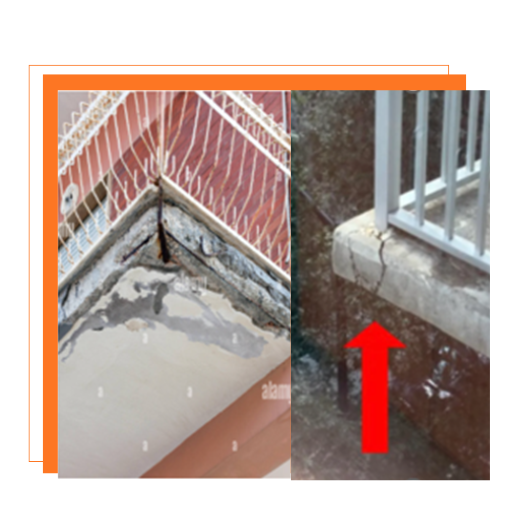
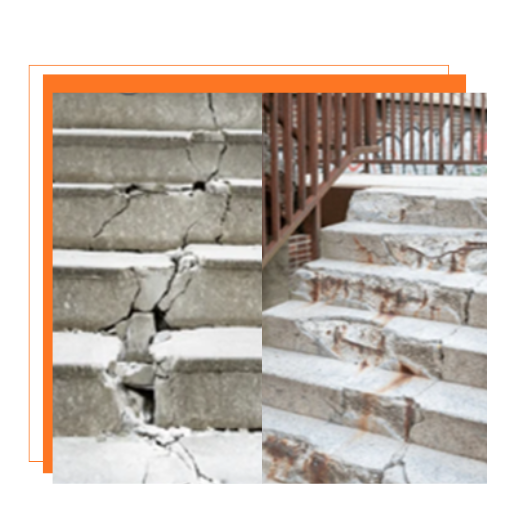
DAMAGED CONCRETE STAIRS
Concrete staircases, like all concrete structures, are prone to wear and tear over time. This issue becomes particularly critical for outdoor stairs, which endure relentless exposure to environmental conditions. For buildings near the coast, the presence of salt-laden air can accelerate deterioration, increasing the urgency to address potential damage. Left unchecked, these issues can compromise the safety of the staircase, posing risks to users.
CONCRETE WATERPROOFING
Concrete waterproofing is a very important constituent of providing maximum protection for a newly poured concrete structure as well as a concrete repair. Due to concrete’s porous nature, applying a top-of-the-line concrete waterproofing solution will provide maximum protection to your new or renewed concrete structure and thus ensure its maximum longevity. Additionally, the application of high-quality protective waterproofing coating to concrete will greatly reduce the amount of humidity and moisture that can penetrate through to the inside your building.
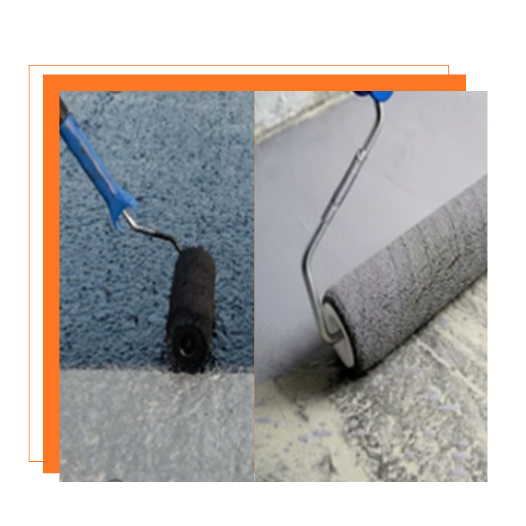
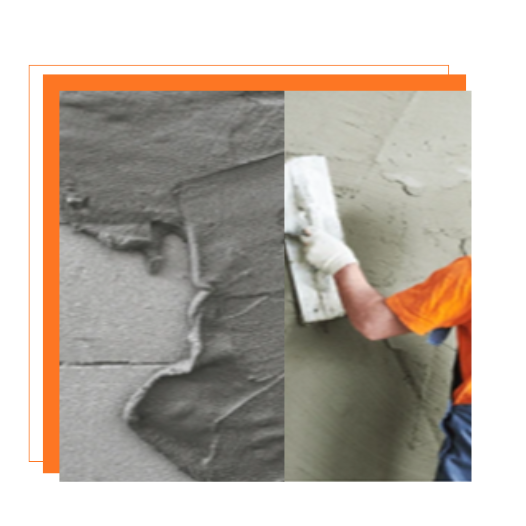
DAMAGED MORTAR & STUCCO
Not all cracks in concrete require structural repair. In many cases, damage is limited to the outer layer of stucco, which can be affected by aging or Florida’s harsh environmental conditions. Mortar, a specific mix of sand and cement, is often applied over concrete structures to create a smooth, finished surface. Cracks in this layer can sometimes signal deeper structural issues, but oftentimes are merely cosmetic, resulting from improper curing or the use of an unsuitable mortar blend.
FILLED CELL COLUMNS
Filled-cell Columns are structural enhancements to concrete blocks by filling them with poured concrete for added load-bearing strength. This technique is used primarily to reinforce these areas near doors & windows, providing additional resistance against the forces of extreme winds during hurricanes. They also protect against flying debris that could strike windows or doors during a storm.
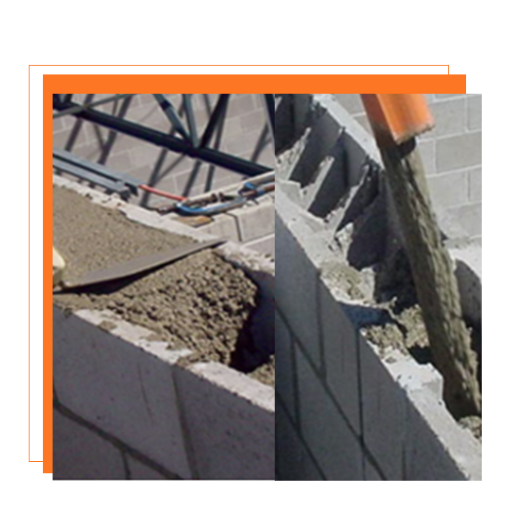
EPOXY RESIN INJECTION REPAIR
Epoxy injection is a highly effective alternative method for repairing concrete cracks, whether hairline or deeper. The technique requires injecting a specialized epoxy resin into damaged concrete using precision tools. The epoxy flows into cracks and voids, filling even the smallest crevices and bonding the structure from within. This approach allows repairs to be made without the need to remove any existing material.
